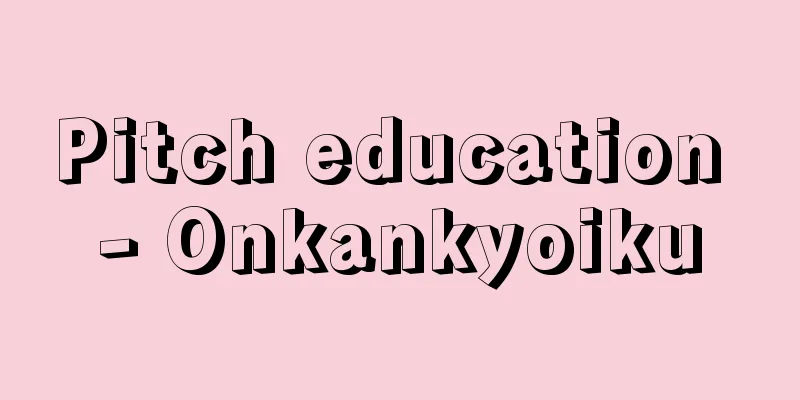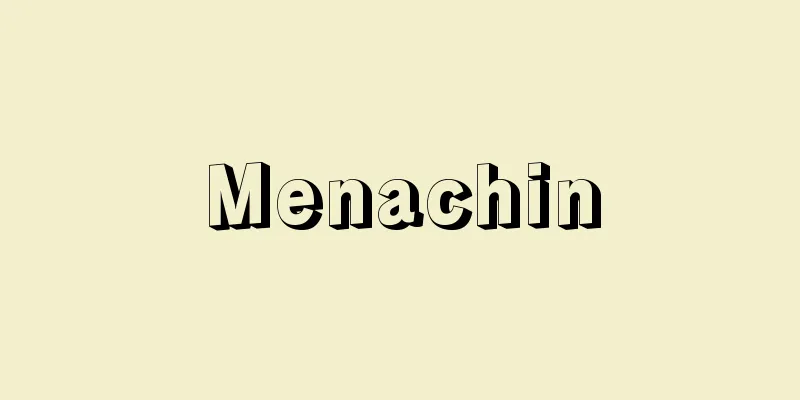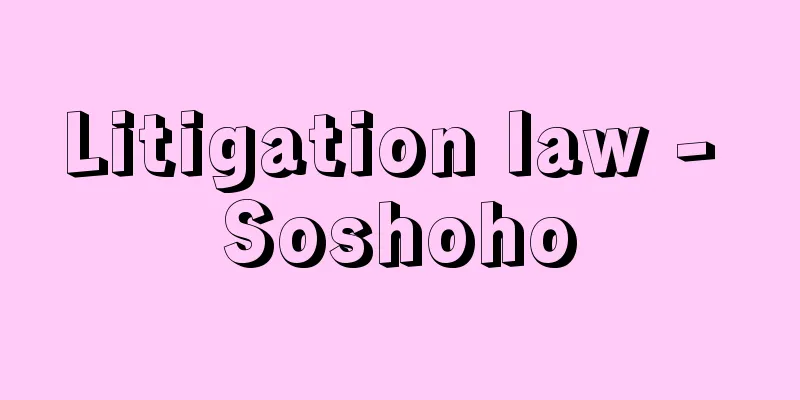Pitch education - Onkankyoiku

|
It is an education to build the foundation for music learning by training and sharpening the innate sense of pitch, intensity, duration, timbre, harmony, and rhythm. Pitch is usually divided into two categories: absolute pitch and relative pitch. Therefore, pitch education can be divided into these two categories. The main purpose of absolute pitch education is to develop the absolute pitch sense, which allows one to distinguish the pitch of a sound by itself, without comparing it with other sounds. Apart from innate talent, absolute pitch can generally be acquired to a certain extent by training from childhood. On the other hand, the purpose of relative pitch education is to develop the relative pitch sense, which allows one to compare the pitch of a sound with other sounds and distinguish it in relation to them. With practice, most people can acquire relative pitch. Having absolute pitch, which is primarily focused on the ability to sense pitch, is useful for increasing the efficiency of music learning, but is not an absolute requirement for that purpose. In contrast, having a sense of relative pitch, which is closely related not only to the ability to sense pitch but also to the intensity and duration of a sound, as well as the senses of timbre, harmony, and rhythm, is an essential requirement for music learning. It is important to acquire a keen sense of pitch through education in pitch as a basic musical skill. [Hiroshi Kawahara] [Reference] |Source: Shogakukan Encyclopedia Nipponica About Encyclopedia Nipponica Information | Legend |
|
音に対する高さの感覚、強さの感覚、長さの感覚、音色の感覚、そして協和の感覚やリズムの感覚など、人間が生得的に所有している音現象についての感覚能力を訓練し、それをより鋭敏にすることによって音楽学習の基盤をつくるための教育である。なお音感というものは普通「絶対音感」と「相対音感」の二つに区別される。したがって音感教育もまたこの二つの場合が考えられる。絶対音感の教育は、ある音の高さを他の音と比較することなく、その音だけで聴き分ける絶対的な音高感覚能力を養うことを主たる目的とする。先天的な才能によるものは別として、一般に幼年期から訓練すれば、ある程度は絶対音感を習得することができる。一方、相対音感の教育は、ある音の高さを他の音と比較し、それとの関係において聴き分ける相対的な音高感覚能力を養うことを一つの目的とする。練習することによってほとんどの人は相対音感を習得することができる。主として音高感覚能力に重点を置く絶対音感をもつことは、音楽学習の能率を高めることには役だつが、そのための絶対的な必要条件ではない。これに反して、単に音高感覚能力だけではなく、音の強さや長さ、また音色、協和、リズムの各感覚能力に密接に関係する相対音感をもつことは、音楽学習のためには不可欠な要件である。音楽の基礎的技能として、音感教育によって鋭い音感を身につけることはたいせつである。 [川原 浩] [参照項目] |出典 小学館 日本大百科全書(ニッポニカ)日本大百科全書(ニッポニカ)について 情報 | 凡例 |
Recommend
Sorori Shinzaemon
Year of birth: Year of birth and death unknown. A ...
Commodity exchange - shohintorihikijo (English spelling)
A facility established under the Commodity Future...
Earth metals - earth metals
Aluminum oxide and many other metal oxides that d...
Iseki Sorin
…The foundations of Nishijin textile industry wer...
Kaishinto - Progressive Party
(1) Abbreviation for the Rikken Kaishinto (Constit...
Nessos
… After these feats, he returned to Thebes, freed...
Nguyen Sieu - Nguyen Sieu
... Shortly after the death of Ngo Quyen, local l...
Armenian - Armenian
It is an Indo-European language. It is the offici...
Karl Martell
688 koro-741 Mayor of the palace of the Frankish K...
Trilobitomorpha
…The Burgess Shale, which corresponds to the Midd...
Chrysanthemum flower - Chrysanthemum flower
…There are many species in temperate zones, some ...
Vasilii Makarovich Shukshin
1929‐74 Soviet novelist, film director, and actor....
Obikareha (band dead leaves) - Obikareha (English spelling) Malacosoma neustria
An insect of the Lepidoptera family, Lasiocampidae...
Zijl, L. (English spelling) ZijlL
...The 19th century was marked by a long period o...
River drum - Kako
...It is also known as Inukai-boshi, and is thoug...









